From the beginning, CubeSats have been associated with student life. The CubeSat standard was initiated and defined by Stanford professors: they wanted students to develop their own satellites. The first CubeSat was launched in 2003 and since then, more than 1000 CubeSats have been deployed in space.
As their name implies, CubeSats are satellites built on the basis of cubic units (10x10x10 cm). For instance, the OGMS-SA CubeSat (under construction at the Space Campus UPEC) is a CubeSat 3U: its dimension is similar to three cubes placed end to end. CubeSats belong to the family of nanosatellites. Thus, these kind of satellites are to carry by hand or in a suitcase. The miniaturization steps reduce launch and construction costs. However, this miniaturization brings new technological challenges to overcome the problems associated with small sizes.
It is possible to divide the satellite system into two parts:
The platform is more or less similar for all CubeSats. It includes everything related to the operation of the satellite itself, such as its steering system, its energy sources or its communication devices.
The payload is very variable from one CubeSat to another. It corresponds to the specificity of the CubeSat, what will be its purpose and mission once the CubeSat is operating (camera, analysis and measurement instruments, …).
Once in orbit, the CubeSats deploy their solar panels if necessary and turn on their instruments. Some have cameras to take pictures of the Earth from space, others carry scientific material to conduct space research. With this material, it is possible to study the radiation of the stars, the functioning of the aurora borealis or to analyze the compositions of the atmosphere of the exoplanets. The possibilities of CubeSats research are almost endless!

In 2012, the CNES started the Janus program. The aim of Janus is to promote student space activities and to enable young people to participate actively in the construction of actual satellites. The achieved CubeSats will be used for scientific research purposes and will test new technologies. Thanks to Janus, different campuses and space centers opened everywhere in France. The Janus 2 project, which includes the UPEC CubeSat IR-COASTER, will start next year.

